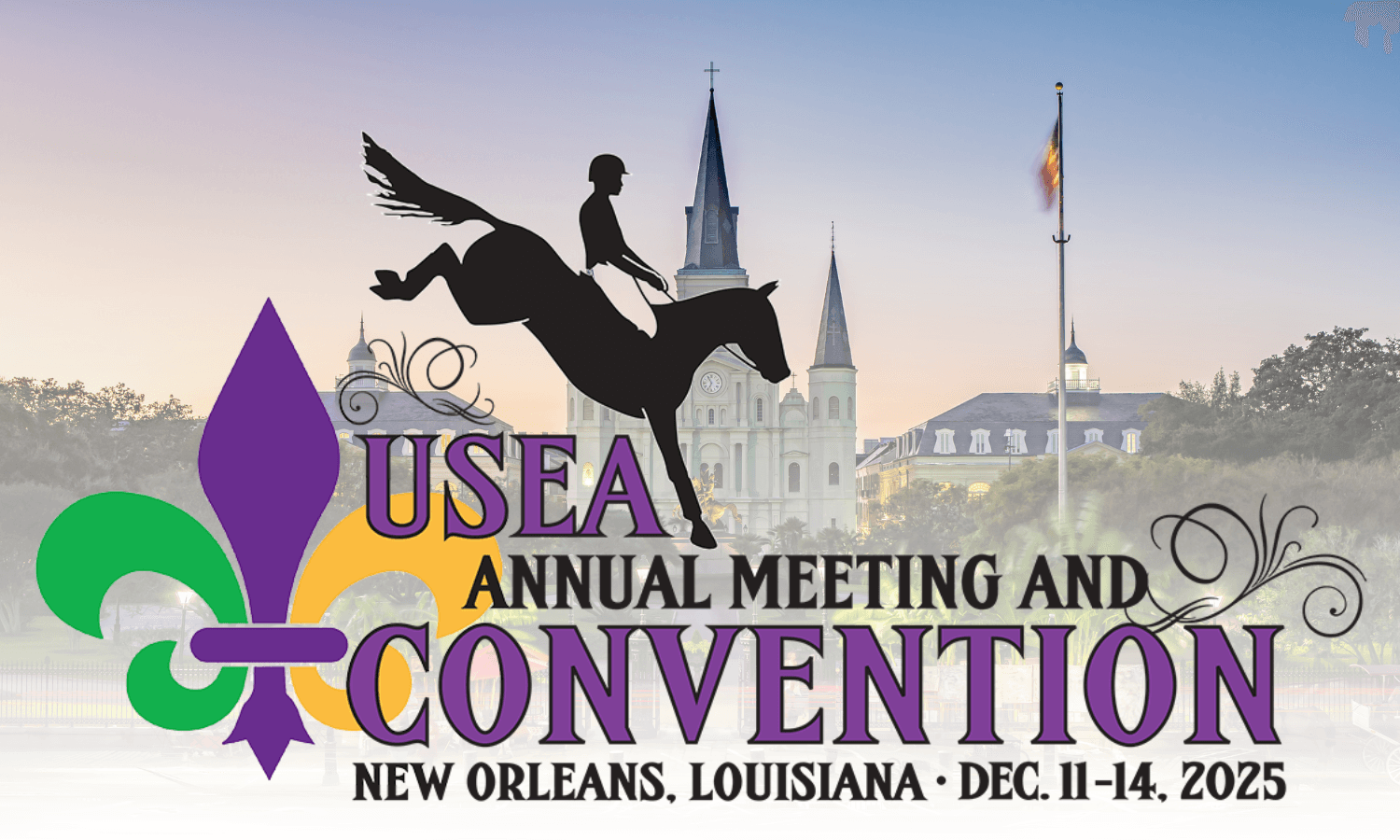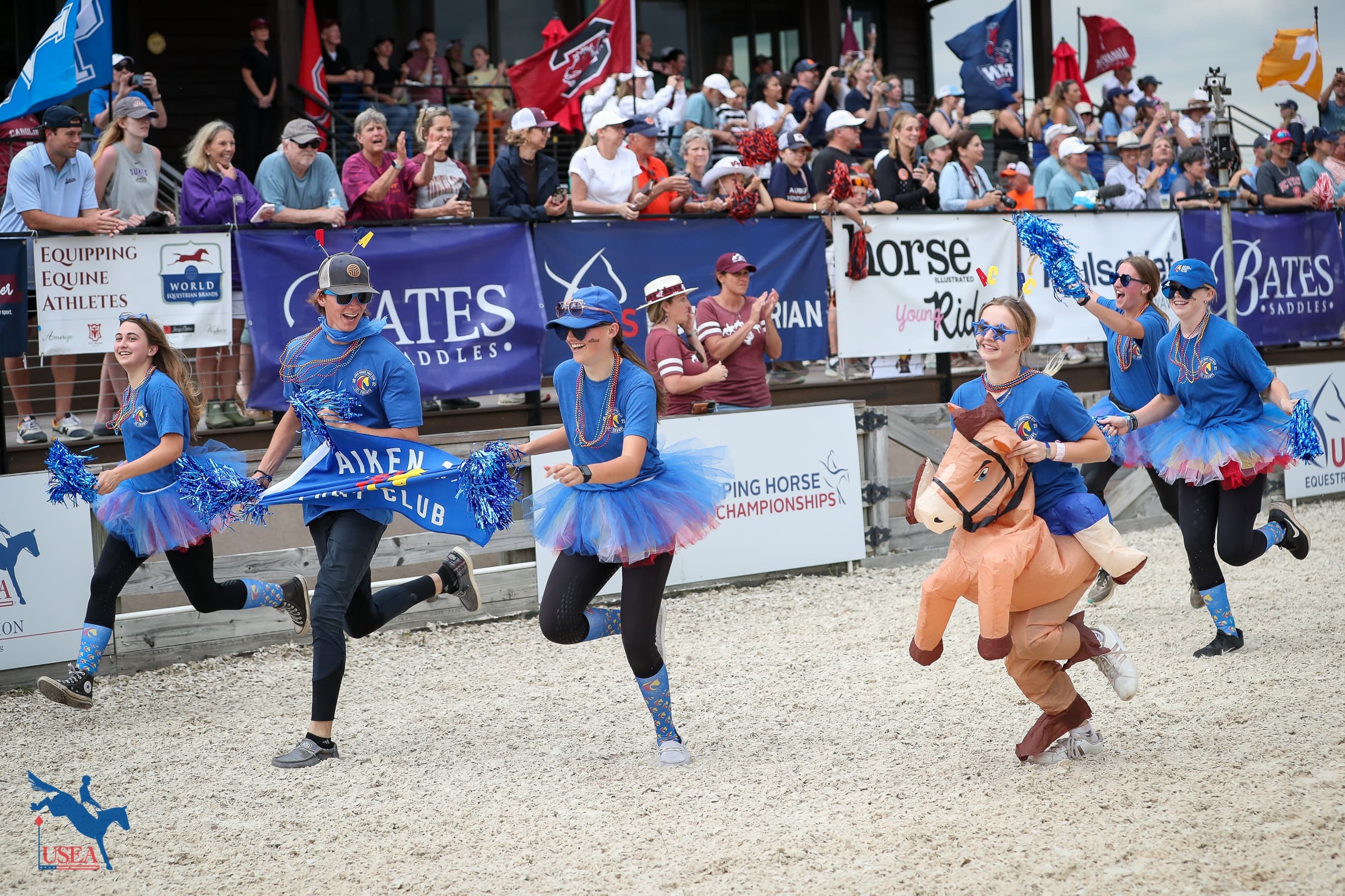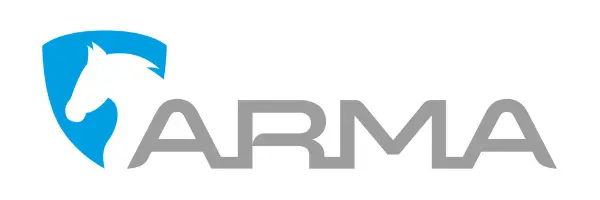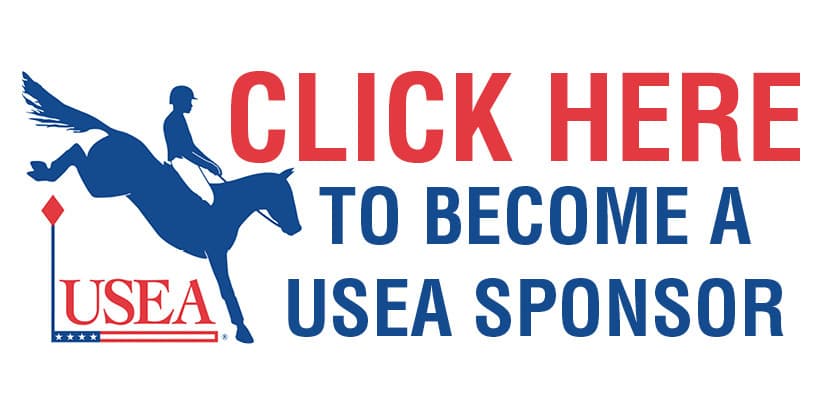Where Do We Go From Here?
The past 12 months have been tough ones for our sport. There have been too many catastrophic accidents to ignore—both here and abroad. The USEF formed an Ad Hoc safety committee to study circumstances surrounding these accidents, and the USEA has announced that a task force has been put together to look into the future of the sport with emphasis on safety concerns and other related issues. Eventers from all facets of their discipline are represented on this task force— active riders at all levels, organizers, officials, volunteers, committee members—and I look forward to whatever ideas the resulting brainstorming may produce. Odds are that no "one size fits all" solutions or answers will be found, but the feeling is that it is time for us to look at horse and rider safety issues squarely in the eye and examine what's happening—what possibly has gone wrong, and, if this is determined to be the case, what steps can realistically be taken to make it right.
Many theories have been expressed about reasons for the current problems, problems that parallel, but are not at all limited to, issues brought out during the Association's extensive discussions about dangerous riding which took place at last year's USEA Annual Meeting in St. Louis. I would like to include in this column some of the theories I've heard, not painting myself in any way at all as a "cure all" guru, but instead just as someone delineating possible jumping off points for further thought and discussion. As I said before, I'm sure that there is no one solution, but address the problems we must.
One theory centers around our cross-country courses. Jump shapes have become more user friendly—and this is a good thing. I would hate to see us revert back to those nightmarish sheer verticals and airy fences of yesteryear. A down side to this trend that I've heard, however, is the possibility that by making "softer" jump faces, both horses and riders may have lost some respect for the questions being posed—perhaps taking them a bit too lightly. I would be curious to see data on how many accidents have occurred in the past decade over fences that "have been there for ages." Could they in fact be questions that were taken too lightly? Not suggesting, just asking!
Courses are much more technical now than they were even a decade ago. Jumps can't get higher or wider to test skill, so they've gotten skinnier, weirder, and sited in more and more technical combinations and locations. This has called for a different kind of riding and a different kind of horse. The big, bold, go-for-broke, one gear, mach ten jumping machine doesn't hack it anymore. Instead, a successful horse now must be rideable, flexible and quick off the ground. Riders have had to learn to "show jump" on cross-country. A lot of concern over finding one's precise spot is called for now instead of the "gallop down to a jump in balance and let the horse sort it out" technique that many were initially taught for cross-country riding which worked so well on big, straightforward courses. Is it possible that with the current cross-country riding style, horses have not developed the skill needed to think on their own and ability to use their own judgment to bail themselves out of sticky situations?
An elaborate and ever changing system of qualifications to move up the levels has been devised in the name of safety—and it seems by all accounts to be still a tweakable work in progress. Has this in fact succeeded in making eventing a safer sport? In some ways it obviously has. Horses and riders are required to show a minimum standard of proficiency in order to move up, and the only way to evaluate this proficiency is by using a quantifiable, defendable and measurable standard to judge by—achieving a certain score in dressage and completing the jumping phases with a minimum number of jumping and time faults. Herein may lie the rub however. Is it possible that some individuals may "luck into" qualifying scores by the skin of their teeth and under frequently differing judging opinions and circumstances? Are others pushing themselves beyond their capabilities in order to qualify by a certain deadline for a certain competition? Ditto for possibly competing too often in a short period of time to qualify, which leads to overly tiring and/or souring horses in the process, thus creating a potentially hazardous situation? My own jury remains out on the whole qualification issue. The problem is, I don't know how it could be fairly fixed. Emotionally I feel that some subjectivity has got to come into play. I just don't know how subjectivity can be implemented while maintaining a level playing field.
A question which has been "out there" for discussion is the evolution of the lower levels, specifically preliminary, vis a vis the perceived disparity in the expertise of preliminary riders. On one hand, there are the future "elite" riders for whom the preliminary level is a jumping off point—a stepping stone on the way to qualifying for a higher level goal be it a team, a move up, an FEI competition—whatever. On the other hand is the "typical" amateur rider for whom prelim is the ultimate and only realistically attainable goal in itself because of time, resources, desire, talent etc. Bear in mind that the latter group—along with the myriad training/novice/beginner novice riders, many of whom may never achieve preliminary status—form the backbone of our sport and also make up the "training camp" from which the elite group evolves. The question is, do we figuratively split the sport into two entities and look at preliminary two ways—as the top level in one entity, and the lowest level in another? In the guise of safety, then, do we offer two kinds of prelim courses—one more straightforward, and the other more technically challenging in order to provide a meaningful springboard to the more complicated questions that will be faced? Do we eschew making preliminary more straightforward, rally against "dumbing down" the sport, and instead stress the need for the lower group to step up to the plate, get more training, and become more able to tackle the more technical courses as they exist today? Both sides of the issue are equally vocal and raise equally valid points to justify their positions.
Another situation I've observed is the potential bad effect of overextension of resources by many of our riders. I see them competing six or seven horses, weekend after weekend, as well as coaching their students, running barns, giving clinics, etc. etc. True, it's their job. It's what they do, and they love it. I admire them for it. I also wonder at what point the stress and fatigue from such schedules affect both horse and rider. I am well aware that they need to pay their bills, and this is how they do it. What kind of a toll is taken though, and what can be done to ease their stress?
This brings me to my very favorite subject, something that has been a personal crusade of mine for ages—personal responsibility and the assuming and exercising of it. Any time there is a problem in our sport, everyone involved is quick to lay the blame elsewhere. This has been referred to, partially in jest, as the "Teflon syndrome." It's the fault of the officials, the organizer, the designer, the builder, the trainer, the rider, the owner, the vet, the landowner, the USEA/USEF/FEI – fill in the blanks. It's the rare individual who says "I take full responsibility. I messed up. It was my fault." (This is not limited to sport either. Try society in general!) Dangerous riding? Whose fault? The rider is on the horse and can feel what's going on. What prevents him or her from pulling up and retiring to try again another day? Is there an owner/parent/trainer who is pressuring that rider into a no-win situation? Who's at fault? The individual, or a combination of all the above? I applaud course designers who watch their courses being ridden, see something that's not quite right, take full responsibility, and fix it for the next time. I applaud the rider who has a fall in the water and doesn't blame a hole on landing! I applaud the organizer who sees a system not working and changes it. I applaud the trainer who tells a kid it's OK to stay at a level if he's intimidated or not ready at the time to move up. I applaud a rider who sees that his or her horse has taken a loony tunes pill that day for whatever reason and pulls up rather than risking his or her neck in the effort to "prove" something.
Lots of questions. Sadly, no soothing answers. As I've said before, (mantra time!), if we don't address our sport's problems and monitor ourselves, somebody else will with a resulting raft of new rules to cope with. Your thoughts?














